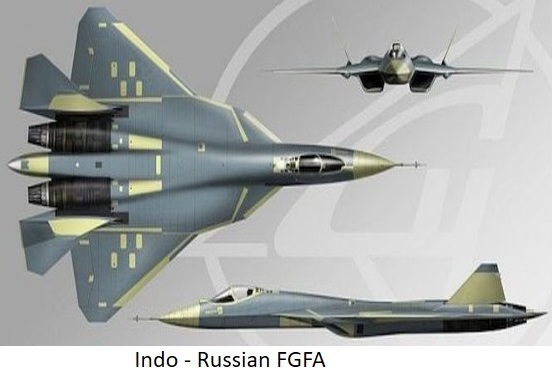- Views: 4K
- Replies: 50

India's once-promising partnership with Russia to develop a cutting-edge fighter jet has officially fizzled out. The Fifth Generation Fighter Aircraft (FGFA) program, which aimed to adapt Russia's Su-57 plane for India's needs, ended in 2018. Now, newly emerging details explain why India walked away from the ambitious deal.
It seems a mix of technical disagreements and spiraling costs led to the program's downfall. India reportedly wanted a version of the jet with two seats, much like its existing Su-30MKI fighters, but Russia may not have been willing to make these changes. Additionally, concerns lingered about whether Russia would share sensitive technology and design information with India.
The price tag proved to be another major sticking point. The initial $30 billion estimate seemed to assume that both India and Russia would purchase a large number of planes. However, India's unique requirements and its desire to be involved in the development process meant their per-plane cost could skyrocket to over $120 million each. This, along with India's other defense needs likely caused serious budget worries.
Furthermore, sources suggest that Russia's demand for a firm commitment to buy over 100 planes gave India pause. This would have severely limited India's flexibility to change the order later if its defense priorities or finances shifted.
India's exit from the FGFA program highlights the complex challenges of international defense partnerships. While the potential for collaboration was significant, the financial risks and technical barriers proved too great. India now seems focused on developing its own next-generation fighter jet, the Advanced Medium Combat Aircraft (AMCA), in a bid to achieve greater control over its defense capabilities.
